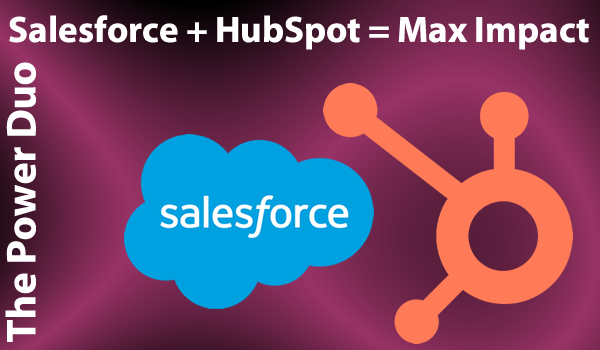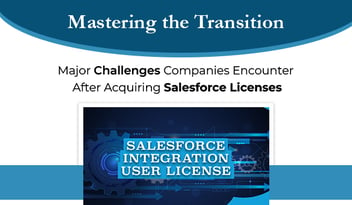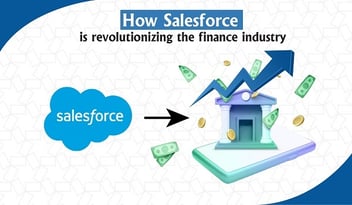The combined Salesforce and HubSpot platforms provide comprehensive reporting, precise lead scoring, and segmentation for better decision-making and resource allocation.
Introduction
In the rapidly evolving business landscape, companies are continually seeking ways to optimize their marketing and sales efforts. Two of the most popular platforms for achieving this are Salesforce and HubSpot. While each offers its unique strengths, many businesses have discovered the value in integrating these platforms for a comprehensive, data-driven approach. In this blog post, we'll explore the reasons why companies choose to use Salesforce and HubSpot together, and how this powerful combination can propel your business forward.
1. Unifying Sales and Marketing Efforts
One of the primary reasons for combining Salesforce and HubSpot is the ability to create a unified sales and marketing strategy. Salesforce excels in sales automation, lead management, and customer relationship management (CRM), while HubSpot is renowned for its inbound marketing, marketing automation, and content management capabilities. By integrating these platforms, companies can bridge the gap between their sales and marketing departments, enabling seamless collaboration and data sharing, and ultimately driving improved lead nurturing and conversion rates.
2. Enhanced Lead Scoring and Segmentation
Both Salesforce and HubSpot offer lead scoring and segmentation features. However, by integrating the two platforms, companies can take advantage of the combined power of these features to create more accurate, data-driven lead scoring and segmentation models. This helps businesses prioritize high-quality leads and tailor their marketing and sales efforts to better address specific customer segments, resulting in higher conversion rates and more efficient resource allocation.
3. Comprehensive Reporting and Analytics
When it comes to reporting and analytics, both Salesforce and HubSpot offer robust tools. By integrating the platforms, companies can gain a holistic view of their marketing and sales performance. This comprehensive data can be used to make more informed decisions, optimize campaigns, and identify areas of improvement. The combined insights from both platforms enable businesses to track the entire customer journey, from initial marketing touchpoints to deal closure, providing a more accurate representation of ROI and overall success.
4. Streamlined Workflows and Process Automation
Integrating Salesforce and HubSpot allows businesses to streamline their workflows and automate processes across both platforms. By creating a seamless flow of information, companies can automate tasks such as updating contact records, synchronizing lead data, and triggering marketing campaigns based on sales interactions. This level of automation not only saves time and reduces manual effort but also ensures data consistency and accuracy across both platforms.
5. Leveraging the Best of Both Platforms
Salesforce and HubSpot each offer unique features and strengths that cater to different business needs. By integrating these platforms, companies can harness the best of both worlds, creating a powerful, all-in-one solution that covers all aspects of sales and marketing management. This approach allows businesses to optimize their operations, enhance customer engagement, and drive better results without compromising functionality.
Conclusion
The integration of Salesforce and HubSpot provides businesses with a formidable, data-driven sales and marketing solution. By combining the strengths of both platforms, companies can unify their sales and marketing efforts, streamline workflows, and gain comprehensive insights for better decision-making. If you're looking to maximize the impact of your sales and marketing strategies, consider integrating Salesforce and HubSpot for a powerful and efficient approach to growing your business.




.jpg?width=352&name=CRM%20experience%20(1).jpg)
Leave a Comment